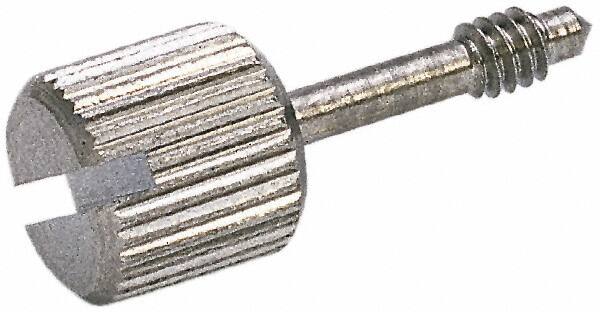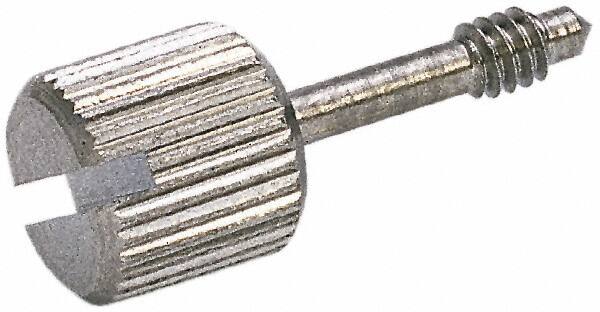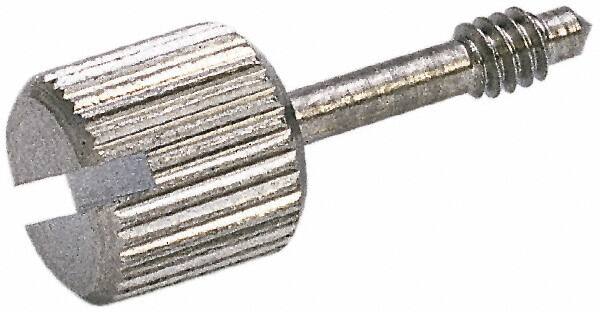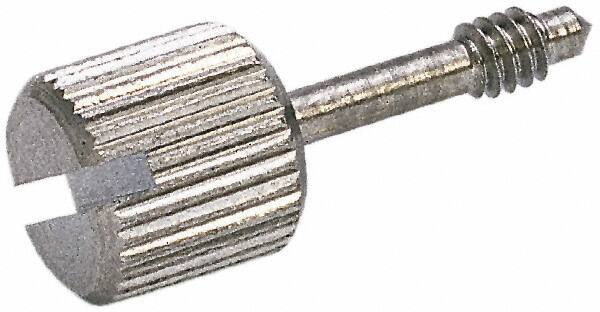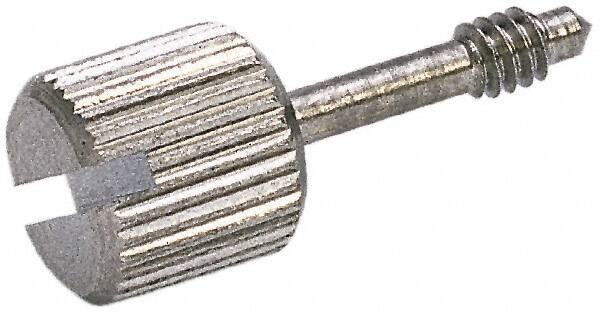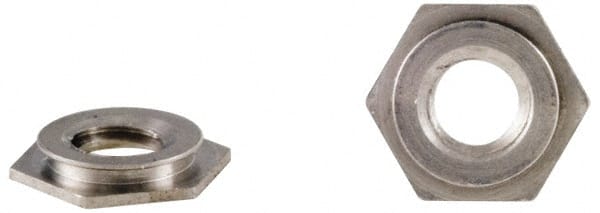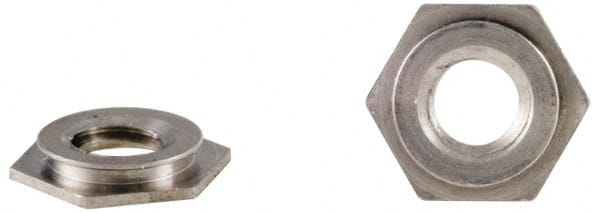Unlocking the Power of Captive Screws, Studs, and Nuts: From History to Creative DIY Uses
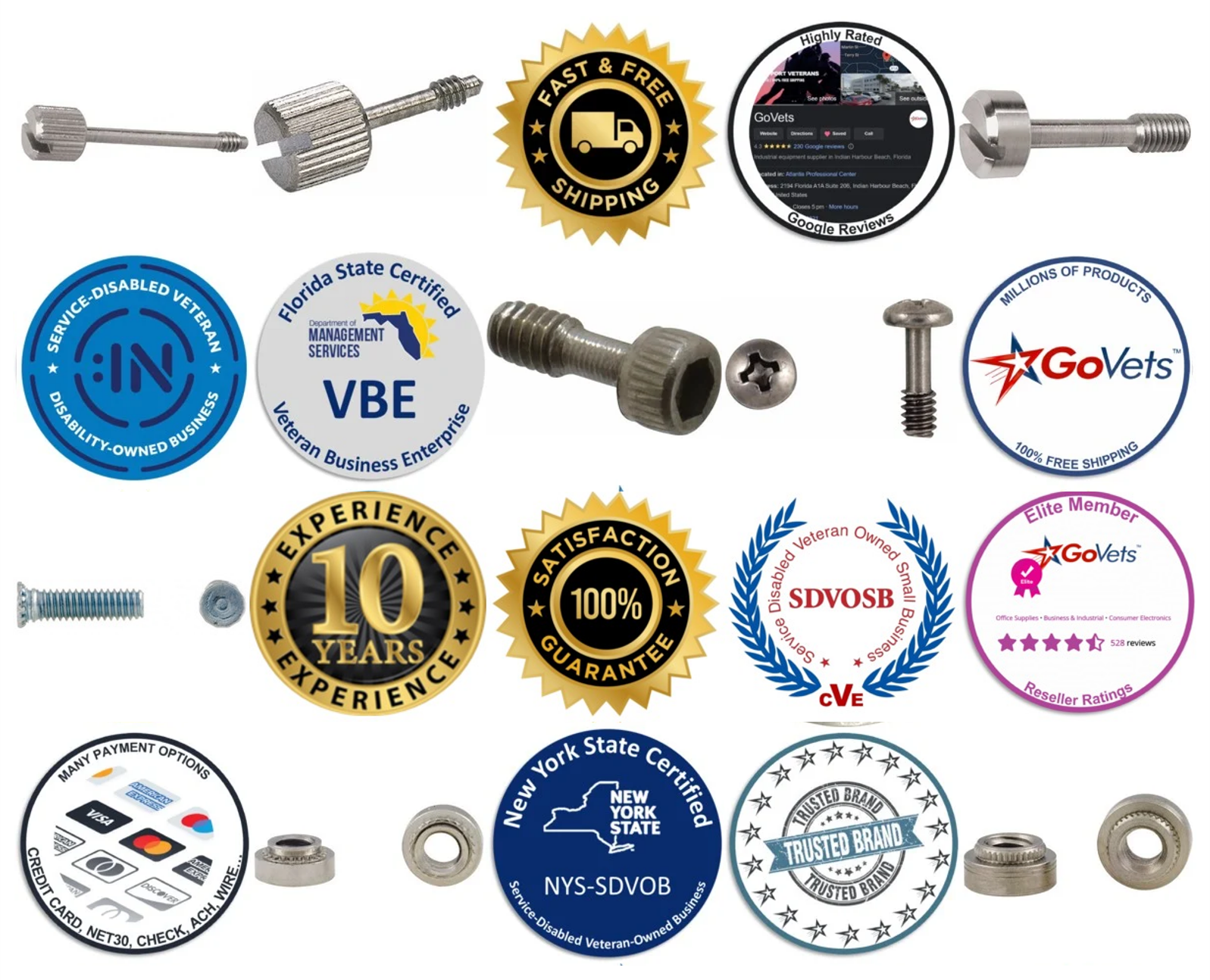
Introduction
In the world of fasteners, there are unsung heroes that have played a pivotal role in countless industries and creative endeavors. Captive screws, studs, and nuts, often overlooked, have a fascinating history and an astonishing array of applications. Join us on a journey as we explore the evolution of these fasteners, uncover the top 25 applications that keep industries moving, and discover the top 10 reasons why captive screws, studs, and nuts are essential. We'll also delve into product insights and reveal their surprising potential in DIY projects. From history to innovation, this blog is a celebration of these unassuming yet indispensable components.
Table of Contents
- The Evolution of Captive Screws and Nuts: A Historical Journey
- Top 25 Applications of Captive Screws, Studs, Nuts
- Top 10 Reasons for Using Captive Screws, Studs, Nuts
- Product Insights 1 - Captive Screws
- Product Insights 2 - Captive Studs
- Product Insights 3 - Captive Nuts
- Product Insights 4 - Captive Panel Screws
- Product Insights 5 - Captive Nuts (Threaded Inserts)
- Bonus Section: Top 25 Creative Uses for Captive Screws, Nuts, & Studs in DIY Projects
Product Insights 1 - Captive Screws
Overview of Captive Screws
Captive screws are a type of fastener designed with unique features that prevent them from completely detaching from the mating part. They are equipped with a captive mechanism, which can be a spring-loaded ball, a retractable pin, or other similar mechanisms. The primary purpose of captive screws is to maintain a connection even when not fully tightened.
Typical Applications
- Electronics Enclosures: Captive screws are commonly used in the assembly of electronics enclosures. They provide easy access to the interior components without the risk of losing screws during maintenance or repairs.
- Aerospace Industry: In the aerospace industry, where precision and safety are paramount, captive screws are used in securing critical components like access panels and avionics equipment.
- Medical Devices: Captive screws find applications in medical devices, ensuring that covers and panels stay in place, which is crucial for maintaining hygiene and preventing contamination.
Product Recommendations
For a wide selection of captive screws, you can visit GoVets Captive Screws. Here are some recommendations:
Product Insights 2 - Captive Studs
Overview of Captive Studs
Captive studs are similar to captive screws but without the head. They are threaded rods designed to stay attached to one of the mating parts. Captive studs are often used when you need a more streamlined and low-profile fastening solution.
Typical Applications
- Automotive Industry: Captive studs are used in automotive applications, such as securing interior trim panels and under-the-hood components.
- Electrical Panels: They find use in electrical panels and junction boxes, providing a secure attachment for components and wires.
- Machinery Assembly: In machinery assembly, captive studs simplify the process by preventing the need for separate nuts and washers.
Product Recommendations
Browse a variety of captive studs at GoVets Captive Studs. Here are some recommendations:
Product Insights 3 - Captive Nuts
Overview of Captive Nuts
Captive nuts are threaded fasteners with an integrated flange or mechanism that prevents them from spinning or falling off when not fully tightened. They are used in applications where it's essential to maintain the nut's position.
Typical Applications
- Industrial Equipment: Captive nuts are frequently used in industrial equipment assembly, providing a stable and secure connection in machinery and conveyor systems.
- Furniture Manufacturing: In furniture manufacturing, captive nuts simplify the assembly process, ensuring that the nuts remain in place during shipping and assembly.
- Renewable Energy: In the renewable energy sector, captive nuts are employed in the construction of solar panels and wind turbines.
Product Recommendations
Find a variety of captive nuts at GoVets Captive Nuts. Here are some recommendations:
Product Insights 4 - Captive Panel Screws
Overview of Captive Panel Screws
Captive panel screws are specially designed screws with a captive washer or retainer that keeps the screw in place on the panel, even when it's loosened. They are ideal for applications where panels need to be removed frequently.
Typical Applications
- Electrical Enclosures: Captive panel screws are commonly used in electrical enclosures and control cabinets, making it easy to access internal components.
- Telecommunications: In the telecommunications industry, they secure panels and equipment, allowing for quick and hassle-free maintenance.
- Data Centers: Data center racks and cabinets often use captive panel screws for quick and secure access to networking equipment.
Product Recommendations
Explore a range of captive panel screws at GoVets Captive Panel Screws. Here are some recommendations:
Product Insights 5 - Captive Nuts (Threaded Inserts)
Overview of Captive Nuts (Threaded Inserts)
Captive nuts in the form of threaded inserts provide a secure and durable way to create threaded connections in various materials, including plastics and metals. They are often used in applications where frequent disassembly and reassembly are required.
Typical Applications
- Automotive Repairs: Captive nuts threaded into body panels simplify automotive repairs, allowing for easy attachment and removal.
- Plastic Enclosures: In the electronics and consumer goods industries, captive nuts are used to create threaded holes in plastic enclosures for mounting components.
- Furniture Assembly: Captive nuts are also found in furniture assembly, ensuring that screws can be securely fastened and unfastened during assembly and disassembly.
Product Recommendations
Discover a range of captive nuts (threaded inserts) at GoVets Captive Nuts. Here are some recommendations:
Final Thoughts
Captive screws, studs, and nuts may be small in size, but their impact on the world of engineering, manufacturing, and creative DIY projects is immeasurable. From their humble beginnings in ancient times to their crucial role in modern industries, these specialized fasteners have proven their worth time and again. Their ability to provide security, reliability, and versatility has made them an integral part of our lives. Whether you're building a spacecraft, assembling furniture, or embarking on a creative DIY project, captive fasteners are there to secure, simplify, and inspire. So, the next time you encounter these unassuming components, remember the incredible journey and countless possibilities they represent.
Bonus Section: Top 25 Creative Uses for Captive Screws, Nuts, & Studs in DIY Projects
While captive screws, nuts, and studs are commonly associated with industrial and manufacturing applications, their versatility extends far beyond. DIY enthusiasts and hobbyists have discovered innovative ways to incorporate these specialized fasteners into their projects. In this bonus section, we'll explore the top 25 creative uses for captive screws, nuts, and studs in DIY projects, demonstrating their adaptability and utility in the world of crafting and making.
1. Custom-Made Picture Frames
Captive screws can be used to create custom picture frames. By strategically placing them at the corners of the frame, you can easily replace the contents whenever you want to showcase different artwork or photos.
2. Articulating Joints for Sculptures
In sculpture and art projects, captive nuts and studs can serve as articulating joints, allowing you to create movable limbs or parts for your artistic creations.
3. Modular Furniture
Captive screws and nuts enable you to build modular furniture that can be easily assembled, disassembled, and reconfigured to adapt to changing needs or spaces.
4. Magnetic Tool Holder
By attaching captive screws to a wooden board and placing strong magnets on them, you can create a magnetic tool holder to keep your tools organized and within reach.
5. DIY Guitar Builds
Captive screws can be used as part of the hardware in DIY guitar projects, securing components like bridges, tailpieces, and tuning machine mounts.
6. Removable Knife Handles
For knife-making enthusiasts, captive screws can be used to create removable handles, allowing for easy cleaning, maintenance, and customization of knife handles.
7. Adjustable Laptop Stand
Captive screws and nuts can be incorporated into a DIY adjustable laptop stand, allowing you to set your laptop at various angles and heights for ergonomic comfort.
8. Custom Camera Rig
Build your own camera rig for photography or filmmaking using captive screws and studs to attach various accessories like monitors, lights, and microphones.
9. Art Easels
Captive screws can be used in DIY art easels to secure the canvas holder, making it adjustable to accommodate different canvas sizes.
10. Telescopic Tripods
Create your own telescopic tripod for outdoor adventures or photography by using captive screws to secure the extendable legs in place.
11. Interactive Board Games
Design and craft your own interactive board games using captive screws and nuts to create movable game pieces and dynamic gameplay elements.
12. 3D Printing Enclosures
Build enclosures for your 3D printer using captive screws and nuts to ensure easy access for maintenance while maintaining a controlled printing environment.
13. Custom-Made Jewelry
Captive screws can be used as unique and unconventional elements in handmade jewelry, adding an industrial and artistic flair to your creations.
14. Adjustable Height Workbench
Construct an adjustable height workbench with captive screws, allowing you to adapt it to different tasks and preferences.
15. Folding Tables and Chairs
Craft your own folding tables and chairs with captive screws to create portable and space-saving furniture for outdoor gatherings or small living spaces.
16. DIY Speaker Cabinets
For audio enthusiasts, use captive screws to assemble DIY speaker cabinets, ensuring a secure and tight fit for speakers and components.
17. Wooden Mechanical Toys
Create intricate wooden mechanical toys with captive screws and studs as pivot points, enabling your toys to have moving parts and functionality.
18. Reusable Plant Trellis
Design a reusable plant trellis system for your garden by using captive screws and nuts to construct adjustable and expandable trellises for climbing plants.
19. Custom Drawer Dividers
Captive screws and nuts can be used to build custom drawer dividers, helping you organize your drawers efficiently and keep small items in order.
20. Artistic Kinetic Sculptures
Craft kinetic sculptures that move gracefully with the wind or a motor-driven mechanism, using captive screws and studs as pivotal connections for the moving parts.
21. DIY Terrariums
Design your own terrariums and miniature ecosystems with captive screws, allowing you to easily access and arrange the elements inside.
22. Portable Solar Charging Stations
Construct portable solar charging stations with captive screws to hold solar panels at optimal angles for capturing sunlight, providing power on the go.
23. Adjustable Angle Drawing Board
Create an adjustable angle drawing board for artists and illustrators using captive screws and studs to change the board's tilt to suit different drawing techniques.
24. Artistic Wall Hangings
Craft unique wall hangings by incorporating captive screws and nuts as design elements, adding an industrial and aesthetic touch to your home decor.
25. DIY Camera Sliders
Build your own camera slider for smooth video shots and time-lapse photography by using captive screws and studs to ensure precise movement and stability.
Section Wrap-Up
In conclusion, captive screws, nuts, and studs offer limitless creative possibilities for DIY enthusiasts and makers. Their reliability, versatility, and ease of use make them valuable components in a wide range of crafting and building projects. Whether you're an artist, woodworker, inventor, or simply someone who enjoys hands-on projects, these specialized fasteners can enhance your creativity and help you bring your ideas to life. So, the next time you embark on a DIY endeavor, consider how captive screws, nuts, and studs can play a unique and practical role in your creation.



